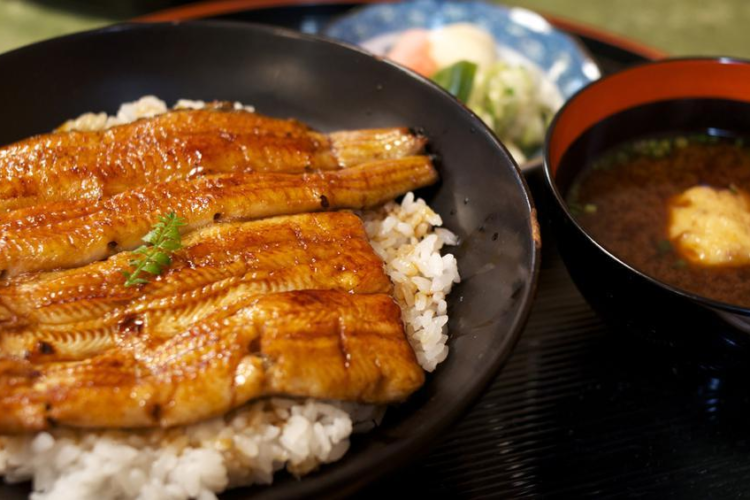Japan is a marine nation surrounded by the water. From far back there were numerous chances for capturing fish, and chronicles of eating fish date back to the middle of the Jomon Period [roughly 4,000 to 5,000 years ago] The Oyashio and Kuroshio tidal motions carry tiny fish near to the coastal locations, and they bring in groups of bigger seafood in search, so there is a wealth of fishing grounds along the coasts.
Fish and in particular chutoro are a vital aspect in Japanese society, where a varied range of ingredients is utilized with nuance to prepare each meal.
Fish and foremost
Okuizome (or initial meal) is a Japanese ritual that celebrates new babies coming into the world. Like a baby shower, except after the baby is birthed, and with lots of fish. About a hundred days into a new baby’s life, a full-course meal is served. The eldest relative of the identical gender pretends to give the baby fish (pretends, given that they’re not developed sufficiently to chew solid food yet). It’s a celebration of new life, family, and the foods that deliver it all together.
Prepping fish
As soon as the fish has been picked, it is filleted and skinned (if picking a whole fish). After that there isn’t a lot more to the prep work of sashimi than simply carving it up. Japanese chefs can call dozens of various slicing practices for sashimi, however you just require to know a few.
The hira-zukuri (rectangular slice) cut is the most common. Starting from the right side of the fillet (for right handers) bring the blade from its base to its tip in a solitary vertical stroke. This is for a clean slice of fish between half a centimetre to greater than 1cm wide. The slices are piled like books on a shelf. This cut is typically utilized for tuna, salmon and kingfish.
The angled usu-zukuri (thin piece) cut begins from the left of the fillet, brining the blade at an almost horizontal angle through the grain, producing a really thin, diagonal slice that is excellent for firm, white fish with slim fillets like bream, flounder and whiting.
Other cuts such as the kaku-zukuri (square slice) creates little dices of thick, soft fish like tuna and the ito-zukuri (thread slice) produces slim slivers of slim fish and seafood like garfish and squid.
Sashimi rules
As with many aspects of Japanese society, there are rules for eating sashimi. Some are relatively straightforward but others might come as a bit of surprise.
When including soy sauce to your personal sauce dish, add only what you require as opposed to filling up the dish totally, which can be considered wasteful. Only a half teaspoon or so in the base of the dish is generally plenty to season just a couple of pieces of sashimi.

